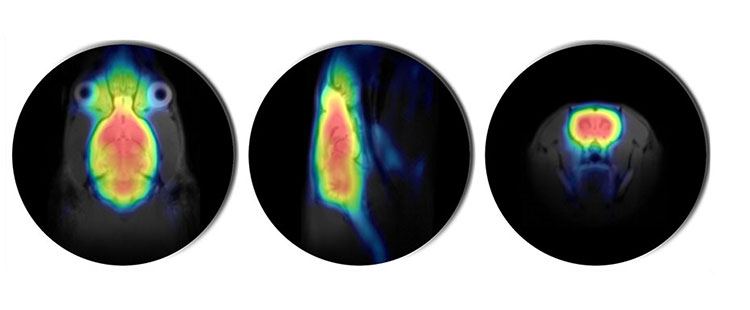Multimodal Imaging of rare Synucleinopathies.
Neurodegenerative diseases (NDD), such as Parkinson’s disease (PD) and Alzheimer’s disease (AD), are progressive, disabling disorders, which pose an increasing burden on health care systems and societies. Despite remarkable progress in the understanding of their molecular pathogenesis, no causative or disease-modifying treatment is currently available. Aggregation of misfolded proteins is thought to play a crucial role in the initiation of the pathogenic cascades, but attempts to exploit this knowledge to develop novel treatments have so far not been successful, partly because the relationship between protein aggregation on the one hand and neuronal dysfunction and neurodegeneration on the other is still poorly understood and pathogenetically relevant biomarkers of protein aggregation are lacking.
In order to overcome this critical road-block, we have assembled an interdisciplinary consortium, consisting of world-leading experts in structural biology and ligand development, multimodal neuroimaging, animal models and clinical trials to develop a novel imaging system for combined simultaneous molecular and functional imaging (PET-MRI/fMRI) for two rare subtypes of parkinsonism caused by excessive accumulation of misfolded alpha-synuclein (αSYN), multiple system atrophy (MSA) and parkinsonism caused by mutations in the alpha-synuclein gene (SNCA), which will serve as proof-of-principle models for the more common and heterogeneous NDD like AD and PD. With the PET/MR technology and novel imaging biomarker development we will pioneer the monitoring of protein aggregation as a surrogate marker for therapeutic effects in the framework of individualized causative treatment. The central aspects of the work-flow including ligand design, software development and drug trials will be driven by three highly specialized SMEs, while imaging workflow, translation to animal models and clinical use will be implemented by top academic centers.


